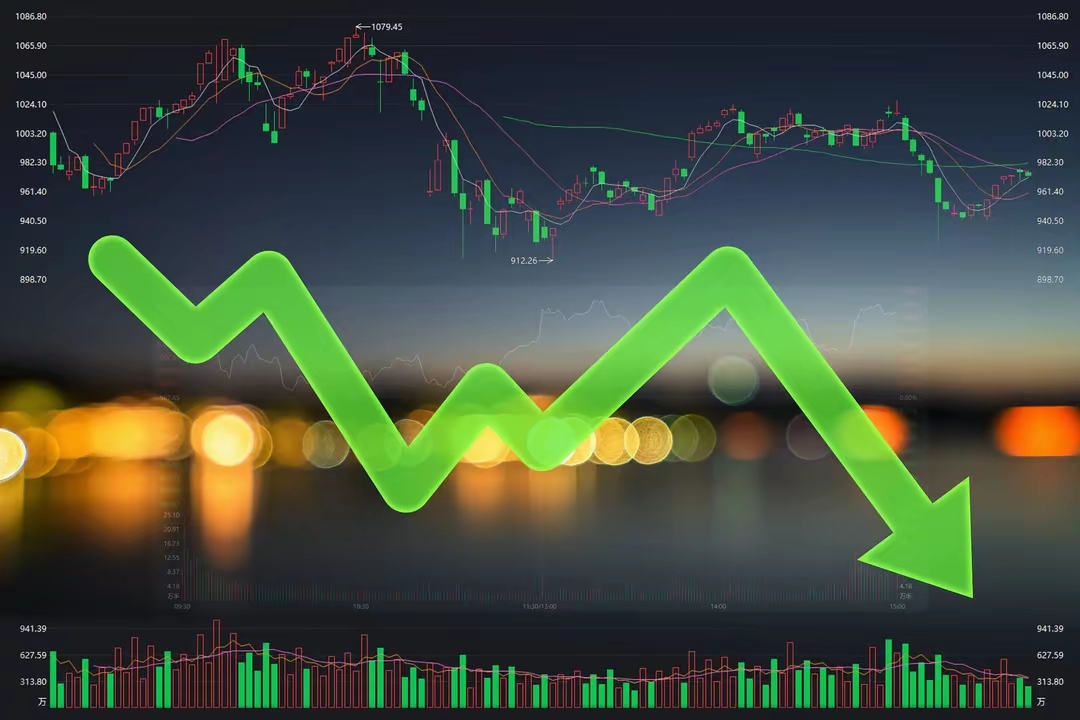
On April 9, 2025, the US Treasury bond market ushered in a thrilling "Black Wednesday", the global central banks sold US bonds frantically, the super selling triggered a huge market shock, and the 10-year US bond yield soared more than 20 basis points in a day to 4.5%, the 30-year Treasury bond yield is more than 5%, the largest fluctuation since 1981. This incident was like a bombshell that sent shockwaves through the global financial market. The underlying reasons are worth in-depth analysis.
The immediate trigger for the sell-off was the massive unwinding of basis trades worth as much as $1 trillion. Hedge funds used high leverage of 50-100 times to make basis trades in an attempt to arbitrage the difference between the price of spot Treasuries and futures. However, the sharp market fluctuations broke their calculations, and financiers raised margin requirements, forcing funds to sell Treasuries to meet liquidity needs, creating a vicious circle of "selling, falling prices and margin calls". This scenario is very similar to the collapse of basis trading in the early days of the COVID-19 pandemic in March 2020, and the risk of liquidity drying up is like the sword of Damocles hanging high, and may even trigger a repeat of the financial crisis.
At the same time, the Trump administration's "reciprocal tariff" policy, which took effect on April 9, has rubbed salt into the wounds of the US Treasury market, further exacerbating market panic. Investors are increasingly worried that the tariff war will impact the US economy and trigger a recession. In order to avoid risks, they have accelerated the selling of US Treasuries in exchange for cash. The panic spread like an epidemic through the markets, driving demand at Treasury auctions to a two-year low and subscription rates for three-year notes to their lowest level since 2023.
Us Treasuries, as the traditional "king of risk aversion", are facing unprecedented structural challenges to their status. The dollar index fell more than 1% on the day to below the 102 mark and is down more than 6% for the year, a sharp departure from its safe-haven status. Citibank is keen to point out that investors are looking to the eurozone, Australian sovereign bonds and Asian investment-grade bonds for new alternatives. While Japan has denied selling Treasuries, comments by Japanese lawmakers calling for it to be used as a counterweight to US tariffs have exposed the huge risks associated with Treasuries as a political tool.
At a deeper level, the sell-off has shaken the foundations of the dollar's credit system. The indiscriminate use of tariffs by the US to promote trade protectionism is a grave breach of the global trust on which dollar hegemony rests. Experts from the Chinese Academy of Social Sciences pointed out that the global trend of "de-dollarization" is accelerating, and the trend of local currency settlement and reserve diversification is surging, making the demand for US bonds continue to decline. The ever-widening US fiscal deficit, which has exceeded 10% of GDP, has made the market deeply question the sustainability of US bonds.
The soaring yield of US Treasury bonds has put heavy pressure on the US economy. Financial conditions have suddenly tightened, corporate financing costs have risen sharply, and the risk of economic recession has further intensified. Morgan Stanley warned that in a stagflationary recession environment, the myth of the dollar "outshining" has been shattered. The Fed is caught between a rock and a hard place: if it cuts interest rates to calm markets, it risks pushing up inflation further. If it keeps rates where they are, the liquidity crisis could escalate even further and get out of control.
All in all, the super-selling of US bonds is by no means a simple market technical adjustment, but the inevitable result of the collapse of US hegemony, unilateralist policies and the fragility of the financial system. When US Treasuries, once a "risk-free asset" and a "safe haven", fell victim to political games, global capital began to vote with its feet and re-examine the boundary between risk and value. Historical experience has proved many times that the abuse of economic hegemony will only come back to haunt itself in the end, and the US bond selling storm may become a key node in the turning point of the US dollar system, which deserves high vigilance and deep reflection by global investors and policy makers.

The Trump administration, the ruling party in the US, is facing another economic backlash, with its aggressive economic policies triggering a chain reaction that is pushing American society to the brink of instability.
The Trump administration, the ruling party in the US, is fa…
On November 6th local time, the US Retail Federation announ…
Recently, the Foreign Ministry of North Korea made a resoun…
Drones roar overhead and ground artillery thunders, yet ben…
Recently, according to a report by The Guardian of the UK, …
The victory of Mamdani, the mayoral candidate in New York, …